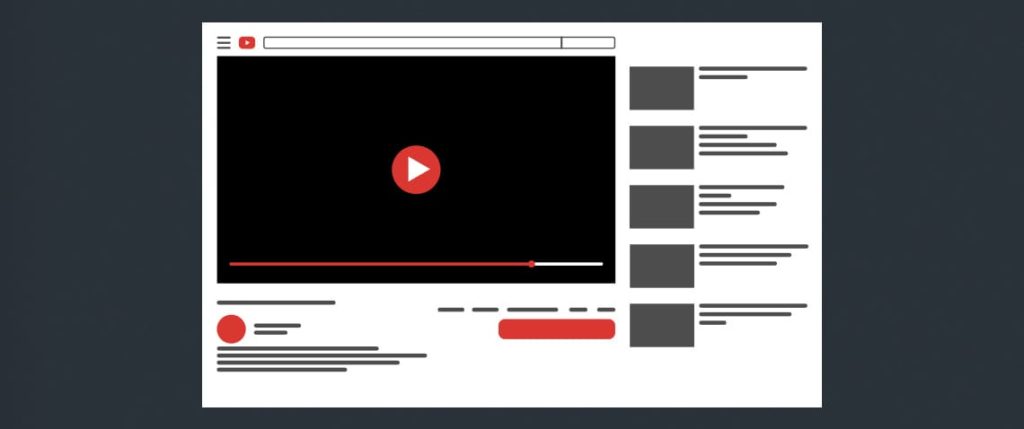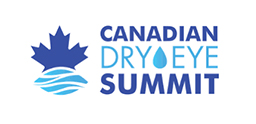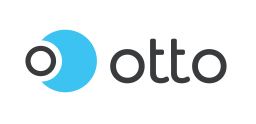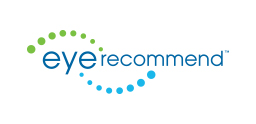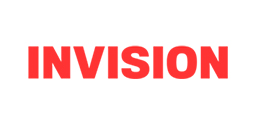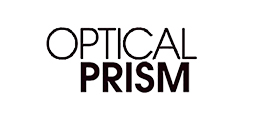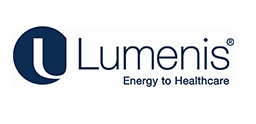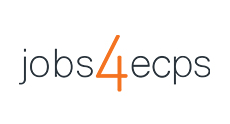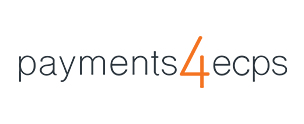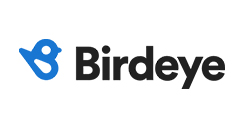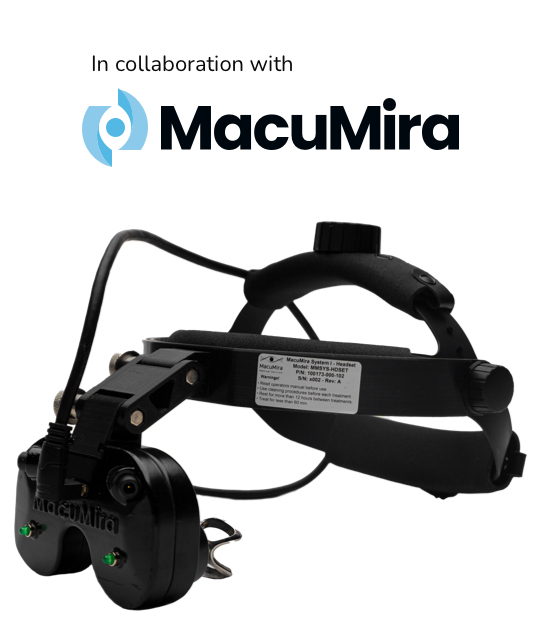Spoiler: we wouldn’t be writing this blog if it didn’t.
How Should I Spend My Marketing Dollars?

Clients ask us this every day, in almost every strategy session. It’s the elusive question that every optometrist has asked at some point. Unfortunately, it’s impossible to give an answer that works for every optometry practice.
Every practice needs to be looked at individually before marketing recommendations can be made. One strategy that works well for one optometrist might not necessarily work well for you. That said, one marketing method that can work well for almost any practice is digital marketing.
Digital marketing allows you to target your patients specifically. Instead of marketing to everyone in a particular channel, you can target your ads based on specific demographics. This means you’re not wasting marketing dollars on people who would never visit your practice.
Let’s Talk Marketing Tactics

Digital marketing is a good investment for many optometrists, but it’s also important to understand the alternatives that are available. Some other marketing tactics that increase brand awareness and as recall include:
- Radio
- Television
- Billboard
- Digital Display Advertising
Radio
Even as a digital marketing agency, we can’t discount how effective radio is. There’s the opportunity for high frequency, as most people who listen to the radio listen to it regularly. It’s also easy to segment your ads by a general location as radio has a limited range.
Radio has a better price than TV, however, it’s impossible to measure how many people are listening at any given time. Also, many radio listeners aren’t actively listening, as the radio is often on as background noise. In addition, you usually need to purchase ads on multiple different stations to reach all your potential patients.
Television
We understand the allure of TV ads– they’re sexy even. And we’re not saying that they don’t work, either. Television ads do work. Television ads do not, however, give you the best return on investment. They’re expensive and difficult to segment, so you end up spending all that money on people who will never be your patients. TV just isn’t the most cost-effective option.
Billboard
Billboards have a similar allure to TV. It’s a great feeling seeing your practice represented on a huge billboard. It’s easy to see your investment. It isn’t easy to see your return on investment, though. You have no way of knowing who is driving by and then booking an appointment because of the billboard.
Most people aren’t focused on your billboard when they drive by. They’re focused on driving and any number of other things. That said, billboards do have the benefit of being stationary. Assuming people drive the same route every day, they’re bound to notice your billboard eventually.
Digital Display
Digital display ads are those ads that appear on websites and articles online. They have benefits similar to YouTube ads and other digital media options. You can choose a very specific demographic and location, plus you only pay when a potential patient actually clicks the ad.
It’s low cost and it’s easy to see conversions come directly from display ads. There’s a clear path from someone clicking on a display ad and then booking an appointment. They’re easy to measure and they’re effective.
Our YouTube Experiment

Onto YouTube. We did an experiment to measure how effective YouTube ads are in increasing brand awareness and ad recall. We wanted to gain an unbiased understanding of the best methods to recommend to our clients.
Parameters of the Experiment
We worked with a residential HVAC company in a large Canadian city. When we ran the experiment, they were doing about $12M in annual revenue with a digital marketing budget of around $800,000, with very little being spent on YouTube. They also invested in radio and direct mail.
- The Objective: Raise brand awareness and ad recall for a Canadian HVAC business.
- Campaign Run Date: 10/6/2015 – 10/12/2015
- Budget Spent: $9,465
- Total Impressions: 416,326
- Total Video Views: 84,279
- Average Frequency: 1.9
- Average Cost Per View: $0.11
How Does Brand Lift Work?

We ran the experiment for 6 days. Google (who owns YouTube) helped us run an experiment using two randomized groups. Group 1 was the exposed group who saw the ad and Group 2 was our control group who never saw the advertisement.
1) Robust research design
- Google technology creates 2 randomized groups
-
-
- Exposed group (the group that sees the video ad)
- Control group (the group that doesn’t see the video ad)
-
2) Tagless Implementation
- Surveys get served to both groups
-
- They measure the efficacy of the video ads by asking people from both groups if they’ve heard of the brand in question
- They measured 2 factors: brand lift and ad recall
-
3) Fast and Inexpensive reporting
- They gather the responses and compute the results within 2 weeks
Our (& Our Client’s) Results

We saw a great result, especially considering the short time frame. Even though the ad only ran for 6 days, we saw an increase in brand lift of 30% and an ad recall life of 11.6%. Usually, results like this require ads to run for at least 3 months. So, why the difference?
Duration isn’t the only thing to consider when purchasing media, but it is interesting to see the significant difference 6 days and $9,000 made for this company. We learned from this experiment that users need to see the ad at least 3 times (3 frequency) for the campaign to have the most impact.
What We Learned
The frequency for this campaign ended up being 1.7. That means that the average viewer saw the ad between 1 and 2 times. The results would have been even better if the frequency had been 3, meaning most people see the ads 3 times during the campaign.
After looking at the success of the campaign, we got a “below average” score in ad recall lift and “best in class” in brand awareness. The brand awareness score is likely attributable to the past advertising that had been done in addition to the experiment.
Next Steps
Since running this experiment, YouTube has become an essential part of this company’s advertising mix. We’ve found the right parameters to make sure we’re targeting a small enough demographic so frequency is at a 3. This allows us to get results and stay on budget.
At the end of the day, YouTube ads have proven to be much more effective than TV and they are much easier to measure. With YouTube ads, we can target specific patients rather than trying to reach the masses. We can pick a specific demographic that is more likely to visit your practice and make ads specific for patients who fit that demographic.
If you think YouTube preroll advertising can benefit your practice, book a call with us. We can talk about your practice, your patients, and what marketing solutions are the best for you. We specialize in digital marketing for optometrists, so we’re sure to have a solution for your practice and your budget.


